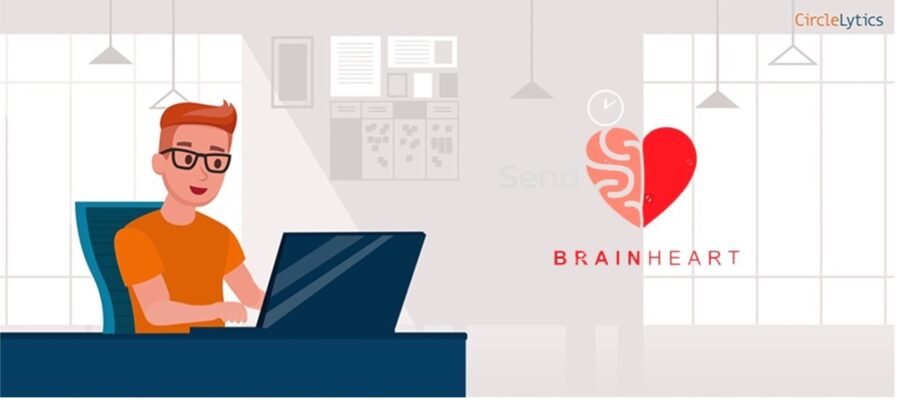We already wrote it here: dialogue is a party because everyone is invited this time! Your invitation already started well, and now we will move on to variants of closing your (open) questions. We have thus captured the first moment when you use language to connect with invitees, and now the last moment: the end of your dialogue questions. With open questions you show confidence and give direction to what you are looking for, without becoming directive, of course.
We have designed many 1,000s of questions for wonderful organizations, with wonderful results, especially for participants. They also think it’s wonderful what you do, and score dialogues on average with a 4.3 on a scale of 5. Quite proud of that, because people are busy and apparently dialogues do something good with their pleasure, involvement and ability to solve your problem. . So a party! We have discovered 18 principles that you can use when designing strong, meaningful open questions.
Within our CircleLytics platform (and your own account in your corporate identity!) you can use the unique QuestionDesignLab to design questions together with our lab within minutes. You can ask open questions both with and without a closed scale. Just look what happens.
You used to ask these types of survey questions (it still happens unfortunately):
Score the confidence you have in the organization (between 1 and 10).
(the text field for your explanation may be enabled).
But in double-loop surveying (dialogue) you do this:
Would you like to talk about your current confidence in the organization based on a score (between 1 and 10), but especially in your own words? We are curious what we can learn from this.
In the second round of the dialogue, participants see each other’s anonymous answers. They may then rate answers from others and make suggestions on how the organization can strengthen trust.
With CircleLytics you can even set that participants can revise their closed answers (between 1 and 10). Do you know that 60% do that? This makes surveys (one round) no longer reliable for decision-making.
That’s why participants appreciate it so much and it yields more for you than surveys. More reliability and, among other things, the top 5 answers that matter most. So take action: you have the best answers and suggestions for reinforcement.
The simple secret is to use language to connect with people through open questions, to stimulate people to think and really involve them. That is older than the road to Rome, but surveys have rather pushed open questions/answers into a corner, about 80 years ago. At CircleLytics we say very simply: if you are curious about what your partner, friends and family are doing and what they think about something, why not send surveys? Why then to employees, customers, residents, members and patients? Open questions are the most educational and from now on they will process the answers together in the second round. This gives them new thoughts so that you reliably learn how they really think about something and how they solve something together.
Below we share variations on the old-fashioned “Explanation”. Curious which one you use to learn more in dialogue with others from points of view that you did not think of but are useful to you. It will also come in handy for your workshops, interviews and other conversations!
For example, the end of your closed or open question could be like this:
.. and why do you see it this way?
…and how did you come up with this suggestion?
…and would you like to clarify this with an example?
…and can you explain in your own words why you score it this way?
…and what obstacle do you encounter?
…and what obstacle do you think we should and can overcome?
…and would you like to tell us something about that, so that others can learn from it?
…and what makes you choose that?
…and what is your tip in that case?
… and do you want to focus your explanation on what is most feasible?
…and what now?
…and why do you think that is?
…and what is your tip for the first action we can take?
…and above all: why?
… and above all: how do we do that?
…and what do you imagine?
…and what should we not try again?
…and should we keep it that way?
… and what does that mean for our organization and people?
…and how does that distinguish us from the competition?
…and saves a lot of time?
…and thus helps colleagues to work with us more happily and for more years?
We’ll leave it at this for now. Hopefully it inspires you to get started with your dialogue and dialogue questions and get the party started! Preferably together with others, or together with us. Feel free to schedule a design session here.


